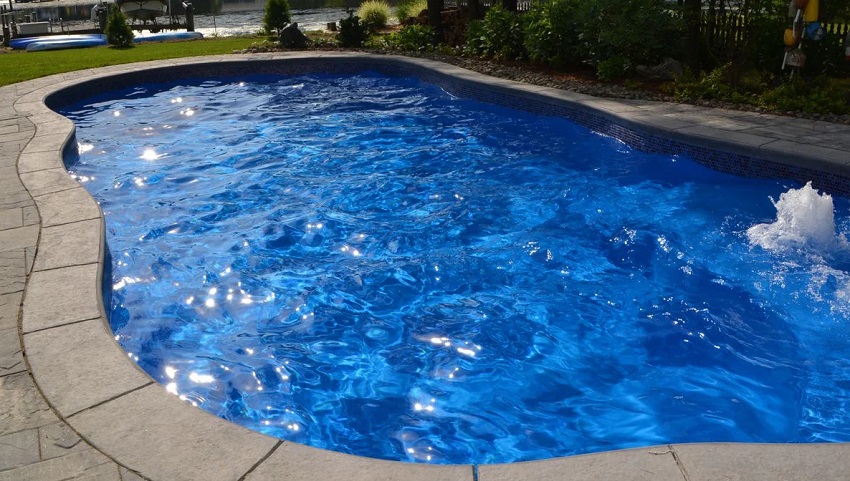
What People Love About Fiberglass Pools
There are many advantages of fiberglass pools. They are less prone to algae, staining, and cracking. They also last a long time. And they were not expensive. A fiberglass pool will likely save you money for years. So, why are they so popular?
Less Prone to Cracking
Fiberglass pools are just like fiberglass pools St. Louis County MO is among the most popular, as they are inexpensive to install and offer fast results. However, they are not known for their aesthetic appeal. A well-trained pool contractor can add brick, stone, or tile copings to improve their look. Nevertheless, fiberglass pools are among the fastest-growing segments of the pool industry in the U.S. They are also durable and can be installed in any part of the country.
One of the major disadvantages of fiberglass is its tendency to crack over time. This is because its surface can begin to crack and degrade under water pressure. However, this problem is rare with fiberglass pools. Again, this is because of the high pressure on the surface during installation and delivery.
Less Prone to Stains
Fiberglass pools are less susceptible to staining than other types of pools, requiring less maintenance. However, they are not immune to staining, either. In-ground pools, especially, are prone to staining due to metal deposits. To minimize the effects of these stains, it is important to maintain your pool at the correct pH balance and use sufficient sanitizer.
Compared to other materials, fiberglass pools are less likely to stain than vinyl and plaster pools. Some fiberglass pool manufacturers even offer lifetime warranties on their products. However, fiberglass pools do have their disadvantages, including cobalt staining. In addition, some fiberglass pools have blistering, a condition in which water penetrates the gel coat.
Less Prone to Algae
A fiberglass pool is less susceptible to algae than a concrete or vinyl-lined pool due to its smooth surface. In addition, because fiberglass is non-porous, algae cannot attach to the surface, requiring fewer chemicals to maintain the pool. Another advantage of fiberglass is its ability to withstand regular wear and tear.
After some time, a fiberglass pool will experience pink slime, a type of algae. It usually forms around light fixtures, ladders, and skimmer boxes but will spread slowly throughout the entire pool. You can treat these areas by putting a cover over them. A good cover can also prevent evaporation and retain heat. In addition, a good cover is affordable, easy to deploy, and can save you hundreds of dollars per year in maintenance costs.
While fiberglass pools are less prone to algae, they should not be overlooked. Proper maintenance of a fiberglass pool will prevent serious structural damage. A fiberglass pool will need to be regularly drained and cleaned. As long as you do this, a fiberglass pool should last between 25 and 30 years.
Easy to Maintain
Fiberglass pools are fairly easy to maintain if you read the instructions. The best way to maintain a fiberglass pool is to brush it frequently and use a non-abrasive cleaner. You will also want to learn more about the chemistry of your pool. This is a great option if you’re not a natural swimmer or don’t enjoy using harsh cleaners.
Fiberglass pools can also be installed quickly, even in cold climates. This means you can get it in before summer or at the last minute. In contrast, other pools, like vinyl and concrete, require proper weather conditions to be installed. This means that a fiberglass pool will have minimal damage from the weather.
Easy to Customize
If you want to improve your pool’s look, consider installing a non-slip floor and steps. Non-slip texturing makes entry steps safe and provides confidence to those using the pool. You can also customize the color and style of the wall coverings. However, it would help if you considered the room’s overall style when deciding.
To install a fiberglass swimming pool, you will need to level the ground and ensure the fiberglass shell is leveled. You’ll then need to backfill the area. Next, you’ll need to place gravel between the shell and the excavation. Once that’s complete, you can fill the pool with water.